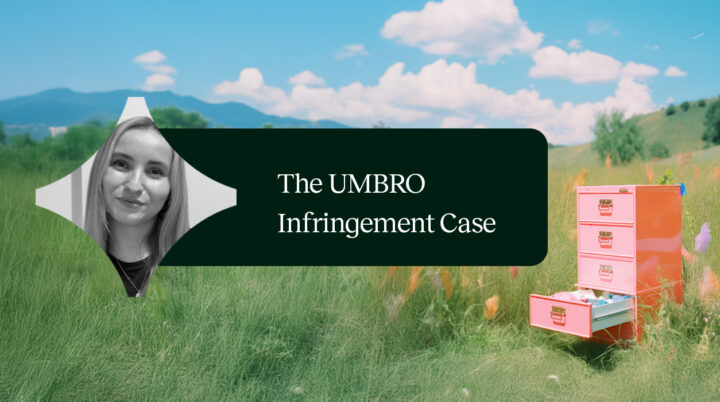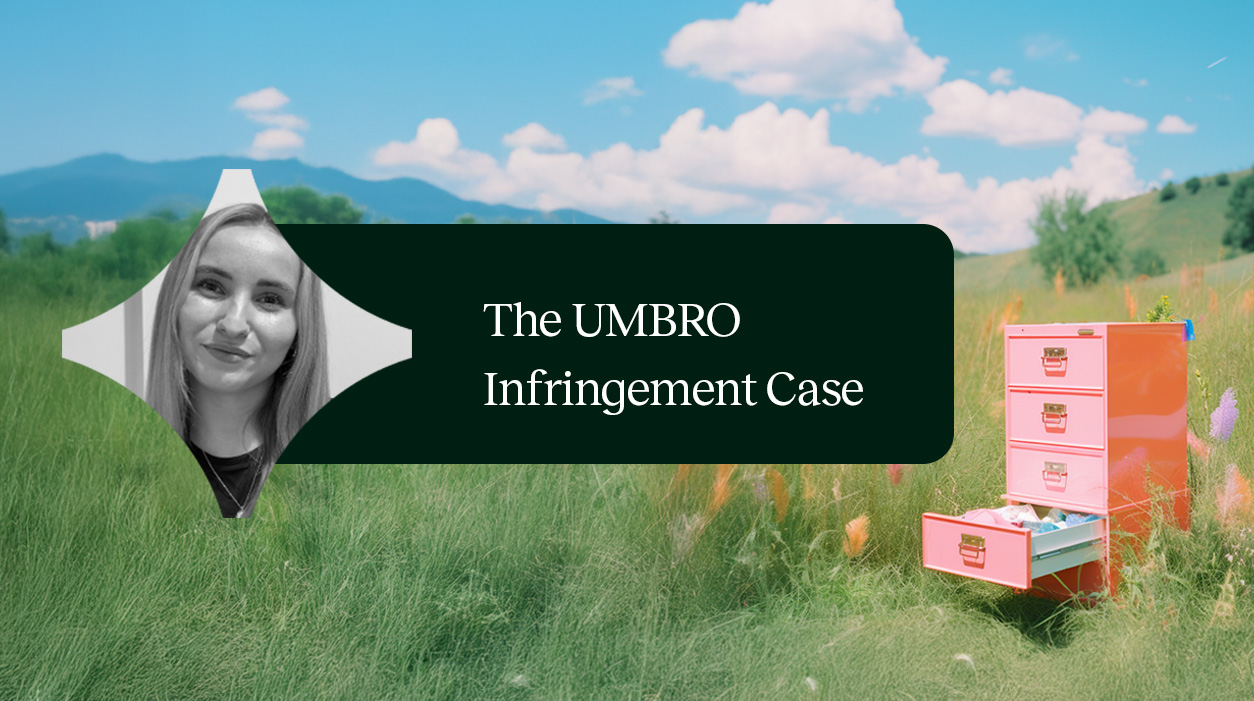Abion has represented Mr Green Ltd. in a potentially precedential domain name dispute regarding mr.green
- Announcements

Summary
In the domain name dispute regarding mr.green, WIPO has taken more holistic view in the assessment of confusing similarity between the domain name and the trade mark. Traditional top-level domains, such as .COM, have for a long time been ignored in domain name disputes. However, new top-level domains, such as .GROUP, .COMPANY, .SHOP and so on, gives great cause for the arbitrators to take the entire domain name into consideration, not just its wording.
About Mr Green
Mr Green was founded in 2007 and is a leading European online gaming company that offer a superior gaming experience, in a responsible environment. The company holds a prominent position in Europe, primarily in the Nordic region and Austria. Mr Green holds gaming licences in Malta, Italy, the UK, a casino license in Denmark and sportsbook license in Ireland. Mr Green offers about 700 premium casino games, of which about 450 are available on smart phones and tablets. mrgreen.com
Background
Abion’s dedicated ”Mr Green team” handles the management, monitoring and the legal responsibility for Mr Green’s domain name portfolio. Abion also handles the ongoing monitoring of other domain name registrations, as well as new and existing apps on for example iTunes App Store and Google Play. Finally yet importantly, Abion takes appropriate legal actions when needed in order to protect Mr Green’s brands.
One crucial factor for success in the online gambling business is trust; damage to your brand can have devastating effects. Therefore, Mr Green put great importance on continuously monitoring the registration of domain names that could be viewed as confusingly similar to Mr Green’s brand(s). Abion’s mission is to act proactively in order to stop infringements or fraudulent behaviour in order to protect Mr Green, their brand and their customers.
Registrations of domain names that can be confusingly similar to a particular brand is a problem that has existed for as long as domain names have. When a new market appears new ways of infringing and misusing a brand starts to appear.
As a trade mark holder, there are usually ways of claiming the right to a domain name. The outcome of a domain name dispute however, is not always certain. In order to win a domain name dispute, a number of prerequisites need to be met. The procedure of a domain name dispute differs somewhat from what top-level domain (such as .COM, .SE, .DE and so on) that it concerns. Disputes regarding generic top-level domains, such as .COM, .NET and .ORG, are handled by the World Intellectual Property Organization, WIPO in short, a UN-agency based in Geneva.
However, a universal trait in all domain name disputes is that the top-level domain as a rule has not been taken into consideration. The wording alone, ie. what comes before the top-level domain, is what is considered relevant in the assessment of confusing similarity in the dispute. WIPO states:
“The applicable top-level suffix in the domain name (e.g., ".com") would usually be disregarded under the confusing similarity test (as it is a technical requirement of registration), except in certain cases where the applicable top-level suffix may itself form part of the relevant trade mark.”[1]
Many decisions have gone ever further in their interpretation of these prerequisites and stated that the top-level domain shall or must be disregarded.2
Historically, there have only been a few exceptions to this rule. One was when the retailer Tesco in 2013 won the domain name tes.co. It should be noted that .CO is the top-level domain for Colombia, which domain name disputes are handled by WIPO.3
MR.GREEN
The domain name mr.green was registered in 2015 by a company in Cyprus. Apart from the nature of the domain name, it is a classical domain name dispute. At the beginning of Abion’s mission to get control of the domain name for Mr Green, the domain name was used for diverting traffic to a web site containing links to other online gaming sites.
A cease and desist letter was sent to the owner of the domain name. This is an action that usually solves this kind of situation, and makes a potential dispute unnecessary. Replying to the cease and desist letter, a representative of the respondent stated that no infringement was taking place. Among the arguments for this claim was the one that it is only the wording (“mr” in this case) that is relevant.
What sets this case apart from the standard domain name dispute is that the top-level domain – .GREEN in this case – is a part of the ongoing launch of over a thousand new top-level domains, initiated in 2014. This launch includes everything from exclusive brand related top-level domains such as .APPLE, .VOLVO and so on, to generic top-level domains such as .GROUP, .COMPANY, .SHOP and many, many more.
Since the respondent in this case did not agree with our claim that our client – Mr Green – had more right to the domain name, we proceeded with a domain name dispute. In this case, that meant a UDRP (Uniform Domain-Name Dispute-Resolution Policy) through WIPO.
In the decision that was published a few days ago, WIPO states that the trade mark MR GREEN shall be compared to the entire domain name MR.GREEN, where the trade mark is also clearly visible. This, together with the rest of the argumentation and met prerequisites, resulted in the panel decided that the domain name should be transferred to our client.4
Conclusion
New top-level domains contains whole words to a much greater extent than previously available top-level domains. Words that to a great extent can be combined with a wording in order to form a domain name that better reflects a brand’s identity.
The emergence of new top-level domains enables increasingly creative combinations of wording and top-level domain. There are now many examples of companies making their top-level domain a part of their brand identity. One example is DXC Technology that, despite owning the domain name DXC.COM, still chooses to use the domain name DXC.TECHNOLOGY for their primary web site.
These new possibilities also mean that there is a greater risk for confusion between a registered domain name and a registered trade mark, unintentional as well as intentional.
In view of this, Mr Green and Abion are both satisfied that WIPO is taking a more holistic view of domain names than before, which should benefit trade mark holders in future disputes.
Therefore, we believe and hope that the domain name dispute regarding MR.GREEN will be referenced in similar cases in the future.
[1] http://www.wipo.int/amc/en/domains/search/overview2.0/#12
[2] https://giga.law/blog/2015/08/18/when-is-the-top-level-domain-tld-relevant-in-a-domain-name-dispute
[3] https://giga.law/blog/2015/08/18/when-is-the-top-level-domain-tld-relevant-in-a-domain-name-dispute
[4] http://www.wipo.int/amc/en/domains/search/text.jsp?case=D2017-1944


